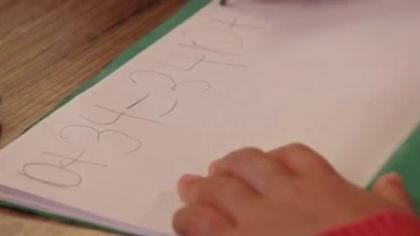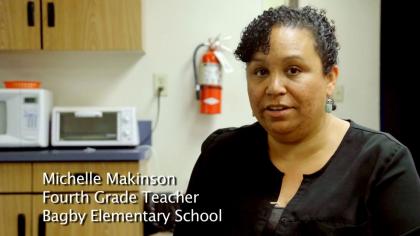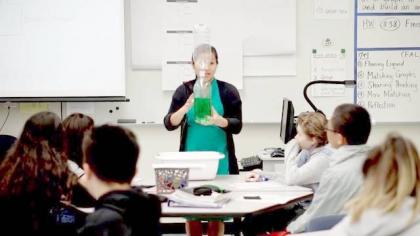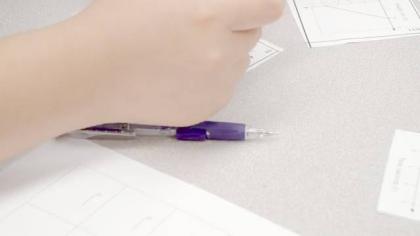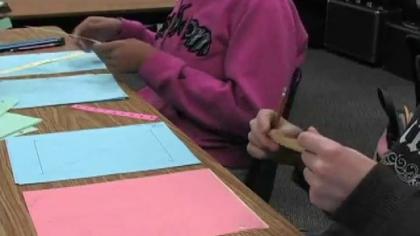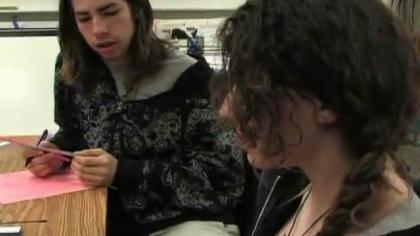Classroom Observations
Teachers who are developing students’ capacity to “make sense of problems and persevere in solving them” develop ways of framing mathematical challenges that are clear and explicit, and then check-in repeatedly with students to help them clarify their thinking and their process. An early childhood teacher might ask her students to work in pairs to evaluate their approach to a problem, telling a partner to describe their process, saying “what [they] did, and what [they] might do next time.” A middle childhood teacher might post a set of different approaches to a solution, asking students to identify “what this mathematician was thinking or trying out” and evaluating the success of the strategy. An early adolescence teacher might have students articulate a specific way of laying out the terrain of a problem and evaluating different starting points for solving. A teacher of adolescents and young adults might frame the task as a real-world design conundrum, inviting students to engage in a “tinkering” process of working toward mathematical proof, changing course as necessary as they develop their thinking. Visit the video excerpts below to view multiple examples of teachers engaging students in sense-making and mathematical perseverance.
The Standard
Mathematically proficient students start by explaining to themselves the meaning of a problem and looking for entry points to its solution. They analyze givens, constraints, relationships, and goals. They make conjectures about the form and meaning of the solution and plan a solution pathway rather than simply jumping into a solution attempt. They consider analogous problems and try special cases and simpler forms of the original problem in order to gain insight into its solution. They monitor and evaluate their progress and change course if necessary. Older students might, depending on the context of the problem, transform algebraic expressions or change the viewing window on their graphing calculator to get the information they need. Mathematically proficient students can explain correspondences between equations, verbal descriptions, tables, and graphs or draw diagrams of important features and relationships, graph data, and search for regularity or trends. Younger students might rely on using concrete objects or pictures to help conceptualize and solve a problem. Mathematically proficient students check their answers to problems using a different method, and they continually ask themselves, “Does this make sense?” They can understand the approaches of others to solving complex problems and identify correspondences between different approaches.
Practice Standards
- Make sense of problems & persevere in solving them
- Reason abstractly & quantitatively
- Construct viable arguments & critique the reasoning of others
- Model with mathematics
- Use appropriate tools strategically
- Attend to precision
- Look for & make use of structure
- Look for & express regularity in repeated reasoning
show more


